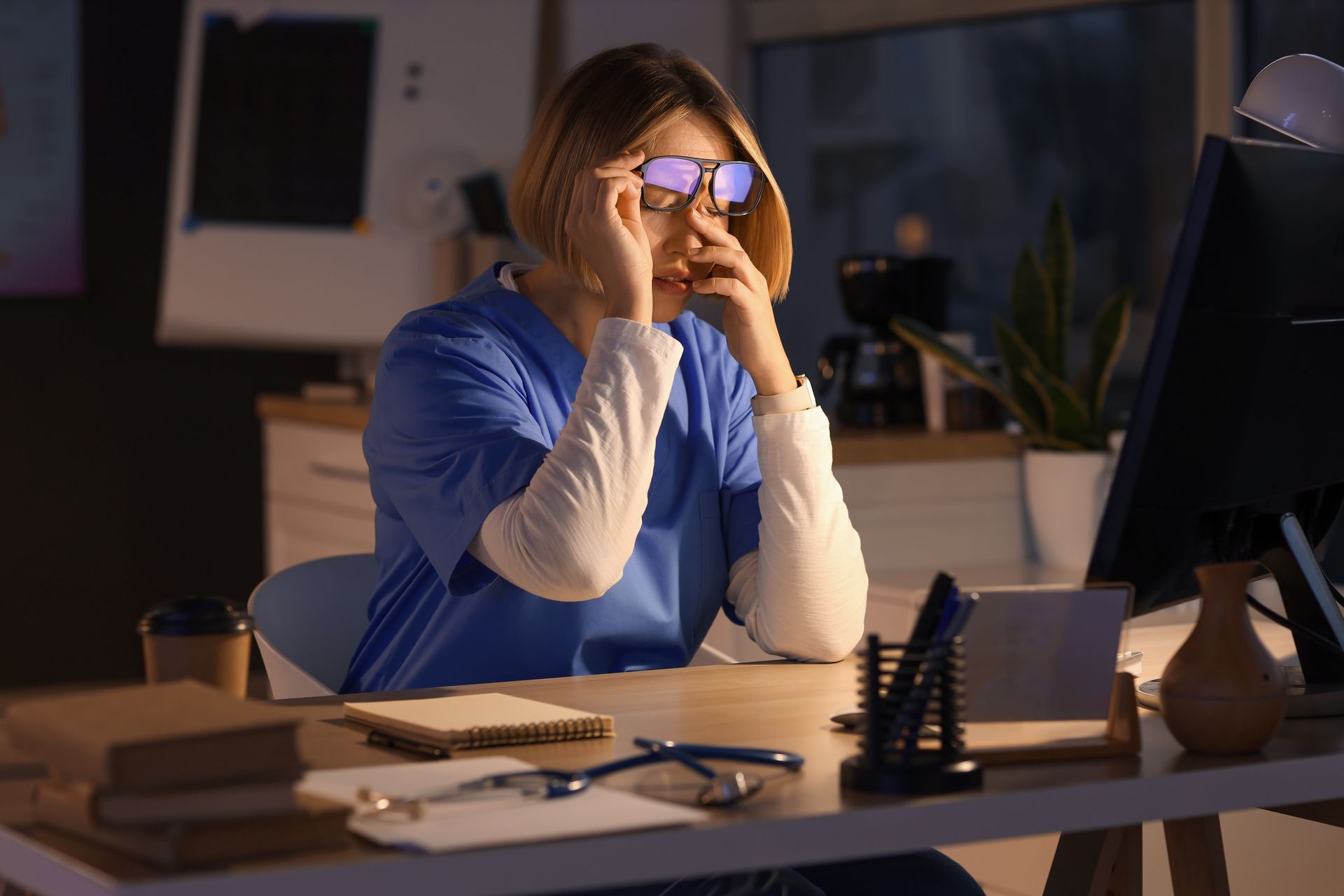5 Steps to ensure Business Disaster doesn’t have to mean Business Devastation

- 65% of small and medium-sized enterprises don’t have a disaster recovery plan
- 87% of companies that lose access to their corporate data for more than seven days go out of business within a year
5 steps to ensure disaster does not mean devastation
Below are five steps you can take to ensure that you survive a disaster… and enable the mission-critical elements of your business to resume as quickly as possible.
1. Create a disaster recovery ‘manual’
The first step is to detail the basic information that everyone in the company needs to know if there is a disaster.
Create a manual that provides an overview of the main goals of the plan, so that everybody is clear on its high priority status. In it, stress the impact that a disaster could have on the business, focusing on the mission critical elements.
This important first step will involve internal meetings with key personnel where you assess what is most at risk, establish critical systems/functions/processes, and decide who should do what in the event of a disaster.
Remember that DR may involve hardware, software, networking equipment, power supply, internet connectivity, and testing. Detail all these elements.
Make sure that you list everyone who would need to be contacted in an emergency, and include out-of-work contact details.
The list should also include emergency management agencies (if applicable), along with major clients, contractors, and suppliers.
2. Document the required responses in order of priority
List the responsibilities of each employee and detail the required order/timing of each response: the most important emergency response actions should be listed first.
This will likely depend on your assessment of costs/impact undertaken in the first step.
Include a diagram of the entire network and recovery site to help people visualise what needs to happen. Provide maps and directions if necessary.
Also include any necessary safety elements for your employees. You need to protect against injury on the premises and consider their ability to return to work after a disaster.
It’s important to make all instructions as clear as possible so that people understand their roles in full. Include documentation from equipment vendors if necessary.
3. Test your DR plan
Your disaster recovery plan is not complete without comprehensive testing. Many things can go wrong and it would be no use if it failed in the real world – so test it for gaps or elements that could be improved.
This will provide valuable emergency training for your staff. Create a training schedule and ensure that everyone attends by avoiding scheduling conflicts; test the response to a dry run of a disaster and measure what works well and what can be improved.
Report back on this and test again if any changes are implemented.
4. Create a client data back-up plan
Prevention is always better than cure. With data playing such an important role in most businesses these days, the need to regularly backup client data is not negotiable.
Even if compliance regulations don’t demand it, you must ensure that your client’s confidential data is backed up online and offline. The data should be accessible from outside your normal place of work.
Consider the potential cost to your business’s reputation if you experienced a data breach. By adequately planning to avoid a disaster such as this, you will minimise the threat.
5. Arrange emergency office space if necessary
If your business would be incapable of operating close to normal without emergency office space, consider an arrangement for backup space in another location to your main office.
While this may sound expensive, some firms provide this service specifically for small business budgets.
This would provide a means of accessing key data and remaining in communication with customers and suppliers in the event of a serious physical disaster like a flood or fire.
So what’s your next step, before you take these five…?
While a disaster recovery plan may sound like a large undertaking for a small business, the consequences of not having one do not bear thinking about.
Remember that the majority of businesses that fail to respond well to a disaster situation end up going under.
Your DR plan should be a ‘living’ document that is updated regularly with current information on the steps that need to be taken in the event of an emergency.
If you would like help in putting a disaster recovery plan together for your business, one of our professionals can help you out. Get in touch with us here: 08 6336 6200.
Need help with your accounting?








